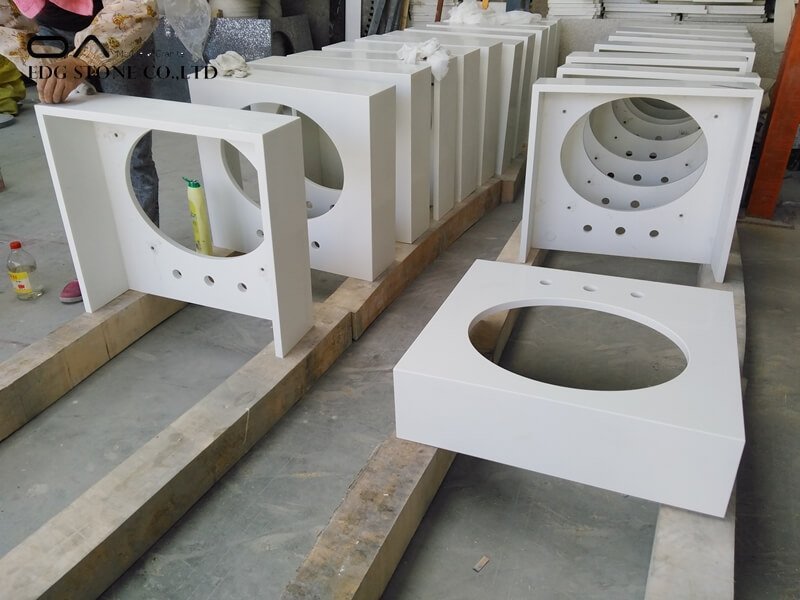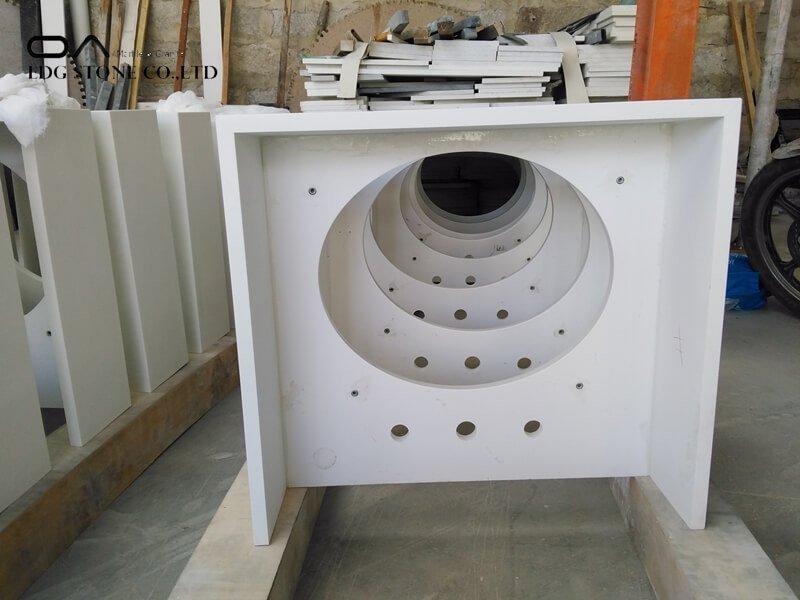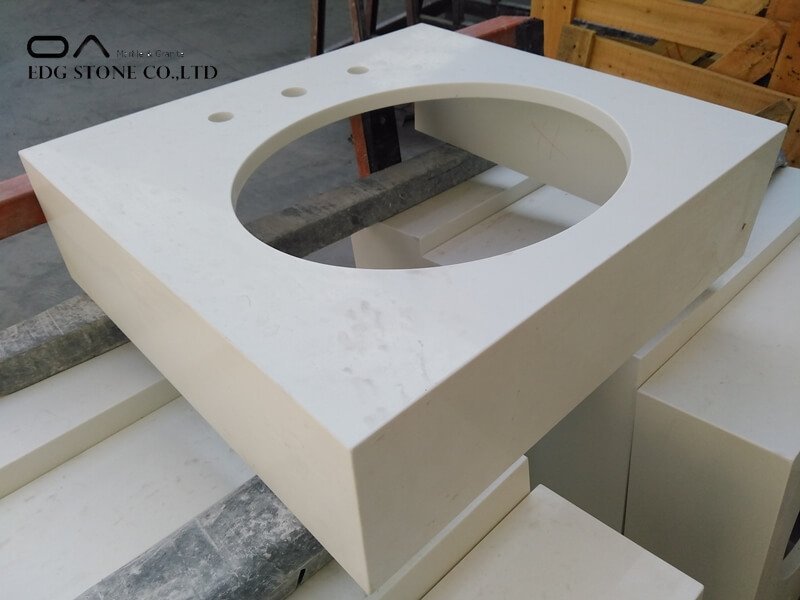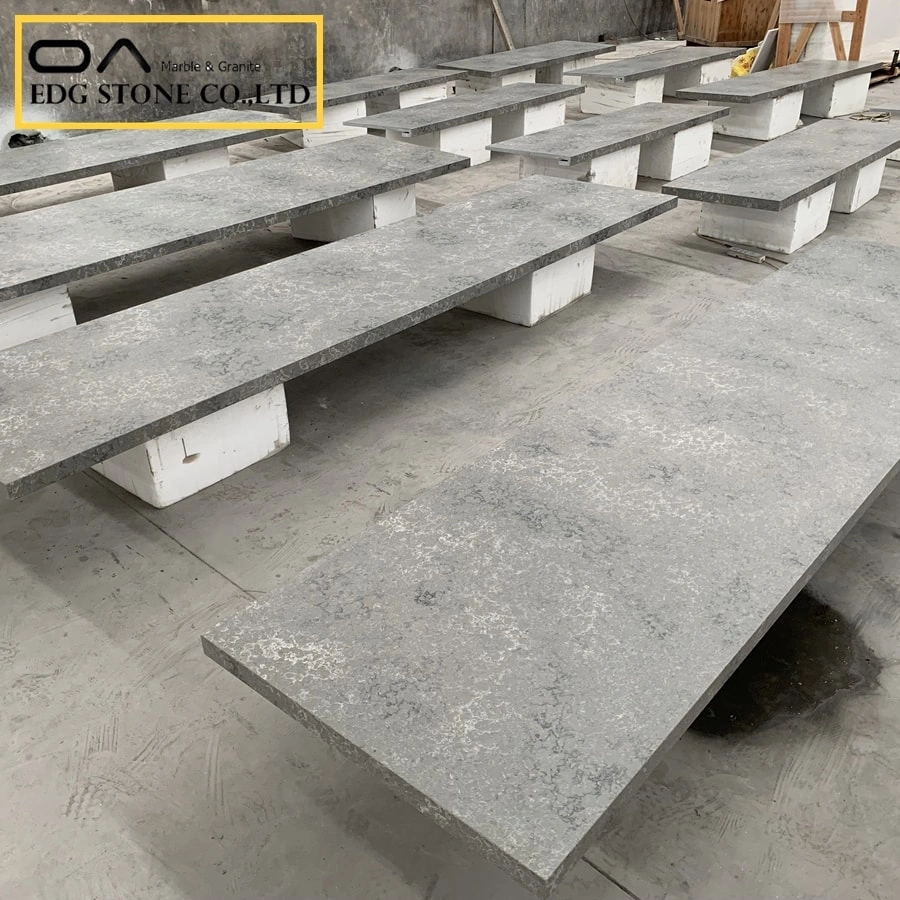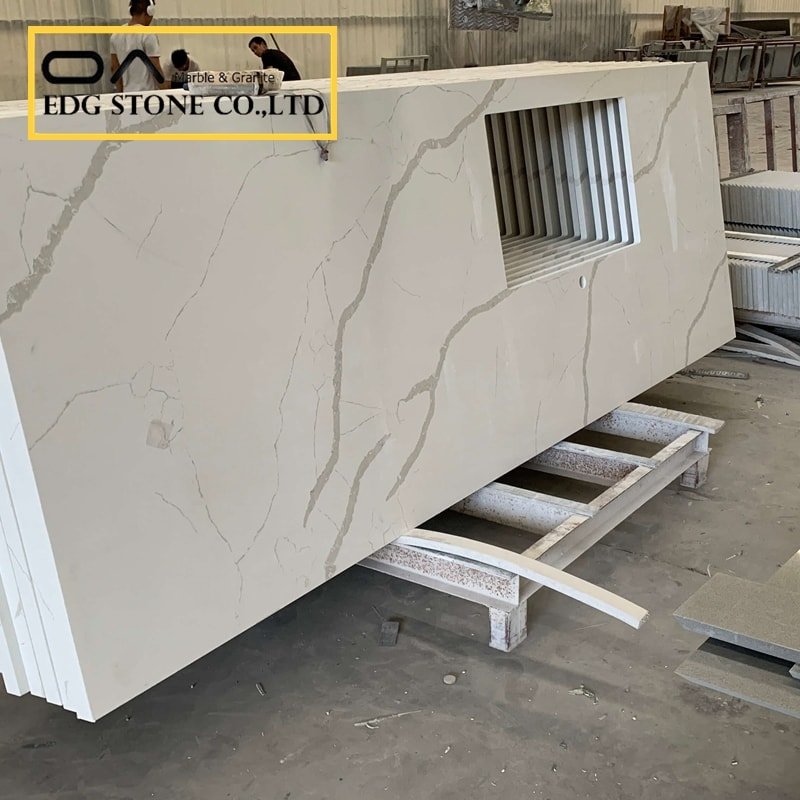A kitchen is a place with serious oil stains. If the items in the kitchen (such as quartz countertops) are not cleaned up in time, thick stains will be formed. Although the quartz stone is resistant to dirt, the “discoloration” of the quartz stone will occur after more than one year of use. In fact, this is because many people have improper cleaning techniques, which causes the quartz stone countertop to become discolored and dirty. So how should quartz stone be cleaned?
The surface of the quartz stone has excellent corrosion resistance to acids and alkalis. The water absorption rate of the quartz stone plate is only 0.02%. The liquid substances used in daily use will not penetrate the inside. The liquid placed on the surface for a long time only needs to be covered with clean water or Wipe it off with a soapy cloth.
However, many people have some misunderstandings about how to clean thick stains. Most people choose strong detergents and use wire balls to clean them. This method of operation is wrong when cleaning quartz stones, but I don’t deny that it is clean. Such operations for other items are effective. According to the test report issued by the quartz stone manufacturer, the hardness of the quartz stone plate can reach the Mohs hardness level of 7, which is second only to the hardness of diamond, so that ordinary ironware cannot cause damage to its surface. But using a wire ball to rub back and forth is different, it will cause damage to the surface and cause scratches.
Therefore, for the countertops with yellowing or discolored surfaces, do not use iron wire balls to clean them, but use dilute sodium water and paint to wipe them. After wiping, use soapy water to clean and dry. If conditions permit, wipe the antifouling agent or wax again.
